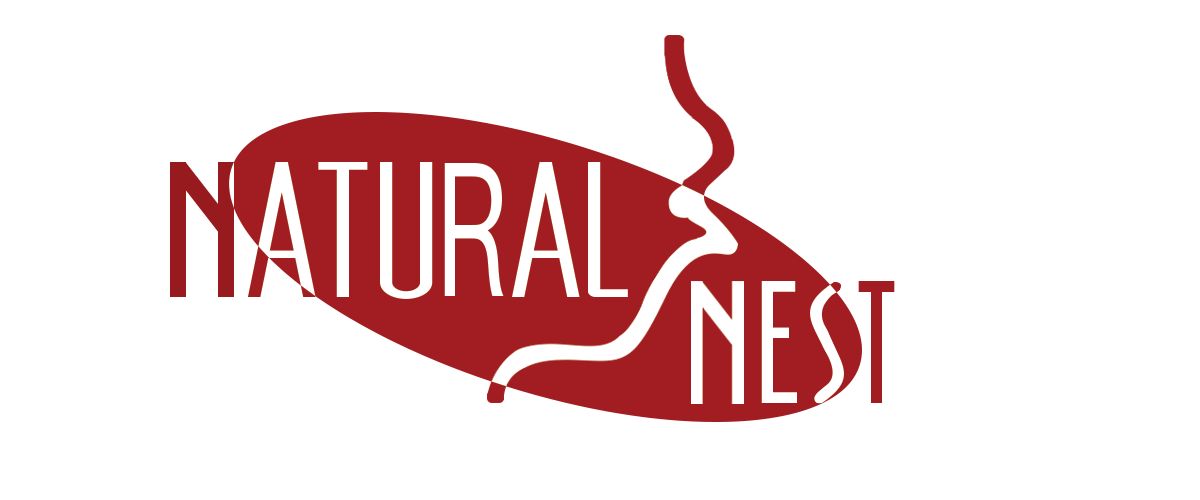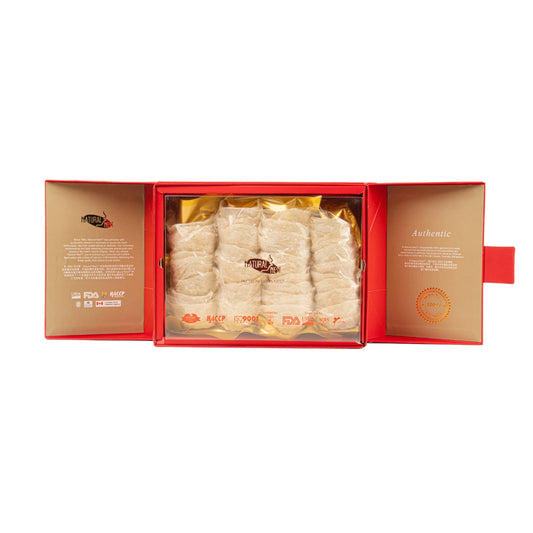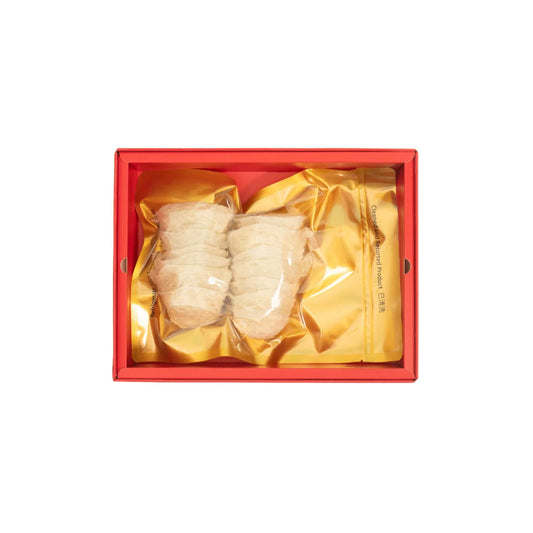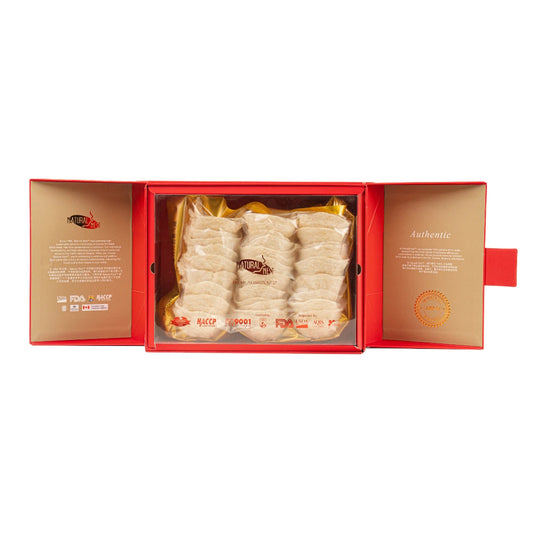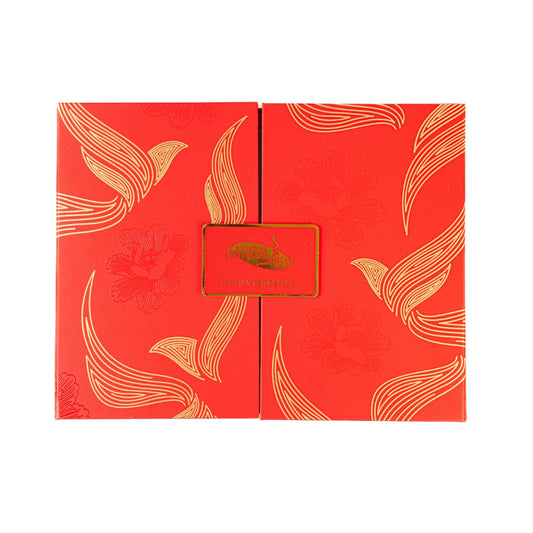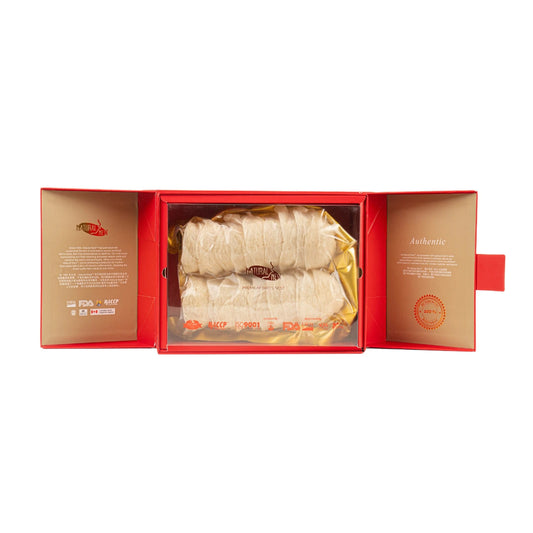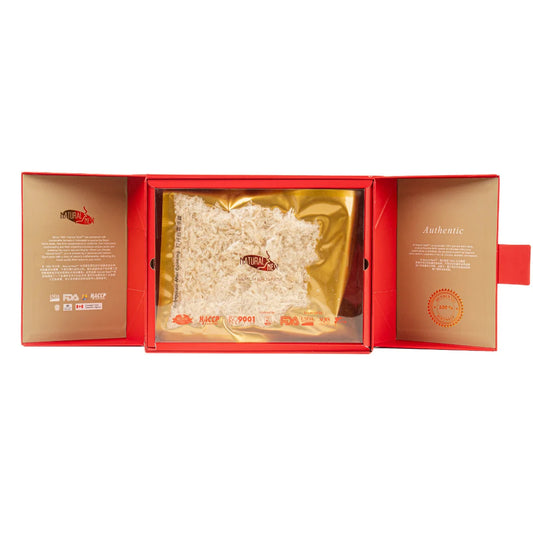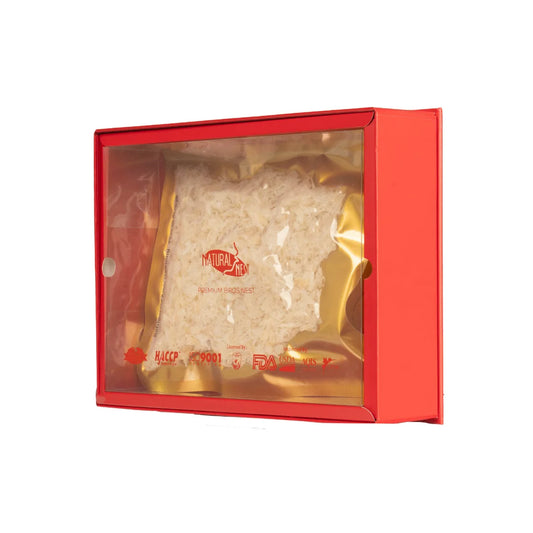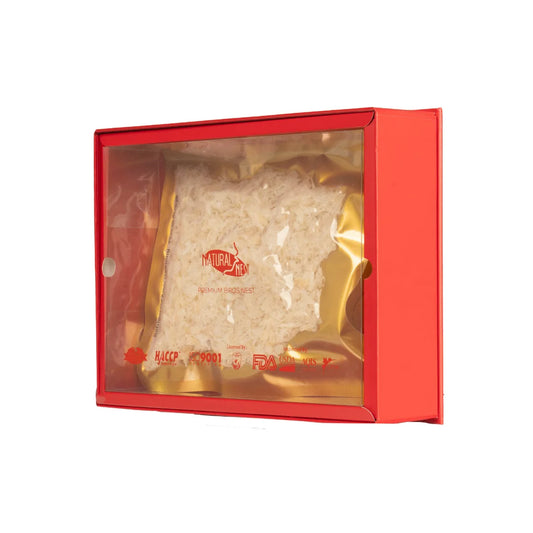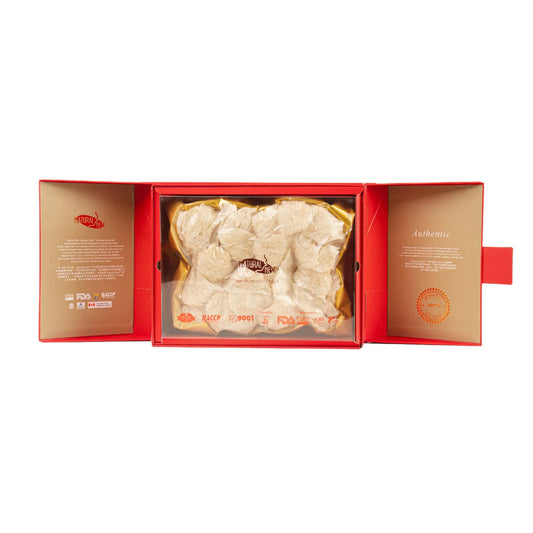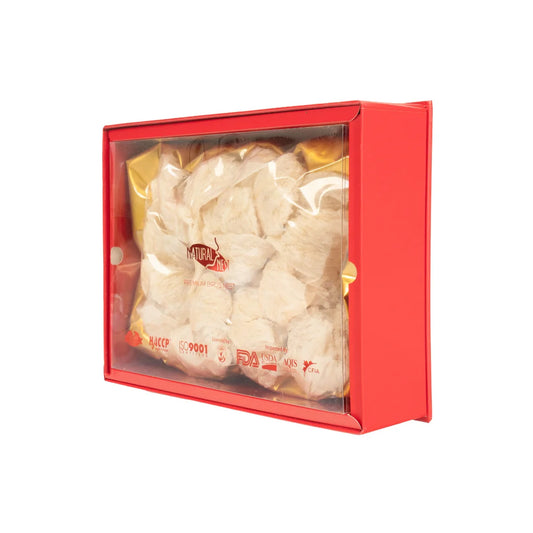Believe it or not, around 200 tons of edible bird's nests are consumed globally each year, with Hong Kong diners at the forefront of this booming market. These aren’t just any ordinary nests; they are carefully constructed by various species of swiftlets, small birds found in regions like Thailand, Vietnam, Indonesia, Borneo, and the Philippines. The male swiftlet constructs the nest using a rather unique building material: its own saliva.

Yes, you read that right. Over the course of about 35 days, the male swiftlet produces a sticky glycoprotein secreted from its sublingual glands, which hardens into a cement-like substance. No twigs, no leaves—just the bird’s saliva forms the entire structure of this prized delicacy.
Why Is Bird’s Nest Soup So Expensive?
You might wonder how something made of bird spit could fetch such high prices. A bowl of bird’s nest soup can cost up to $100 in Hong Kong restaurants. The answer lies in the difficulty and danger involved in harvesting these nests. Swiftlets typically build their nests on high cave walls, meaning harvesters must climb precarious bamboo trellises, often hundreds of feet off the ground. Balancing a flashlight in their teeth, they use a special three-pronged tool called a "rada"—believed to be approved by cave gods—to carefully extract the nests. Any misstep could be fatal, and disturbing the cave spirits is strictly forbidden, adding a mystical layer to the process.
The traditional method of bird’s nest harvesting has struggled to keep up with soaring demand, pushing the industry to innovate. Newer techniques involve the construction of concrete or wooden nesting houses along coastlines in countries like Thailand and Indonesia. These artificial environments mimic the caves and attract the birds, eliminating the dangers of cave climbing while significantly increasing production.
From Harvest to Table: The Cleaning Process
After the nests are collected, they go through a laborious cleaning process. The nests are first soaked in water to soften the hardened saliva, allowing skilled workers to meticulously remove impurities like feathers, dirt, and debris using tweezers. Once cleaned, the nest strands are molded into various shapes and dried, becoming “cubilose”, one of the most expensive food ingredients globally.
Just how expensive? The so-called “Caviar of the East” can retail for as much as $2,000 per kilogram for white nests and over $10,000 per kilogram for the rare and coveted red nests. A small portion of these nests, typically just a few grams, is then cooked with sugar in a double boiler, producing the famed bird’s nest soup, a dish both celebrated and, to some, rather mysterious.
The Health Craze Behind Bird's Nests
While some are skeptical about paying exorbitant prices for what is essentially sweetened bird saliva, bird’s nest soup is not just about taste. According to Traditional Chinese Medicine (TCM), bird's nest consumption offers a range of health benefits. It is believed to enhance youthfulness, boost libido, improve immune function, increase mental clarity, and treat respiratory and digestive ailments. In particular, red nests are thought to be more potent than their white counterparts.
These perceived benefits have helped solidify bird's nests as a luxury health food, especially among the wealthy in Hong Kong and China. However, given the high demand and difficulty in procuring authentic nests, it’s no surprise that the industry has faced issues with fraud. Some sellers adulterate cubilose with cheaper materials like karaya gum, wood-rotting fungus (Tremella), or red seaweed to pass off fake products as the real deal.
The Mystery of the Red Nest: What Makes It Red?
The red bird’s nest, also known as “blood nest”, is often more expensive than white nests due to its rarity and supposed enhanced health benefits. But what gives it its unique color? According to research by Massimo Marcone from the University of Guelph, the red coloration is likely due to iron leaching from cave walls where the nests are built. His study found that red nests contain nearly double the iron compared to white nests.
The key protein found in both red and white nests is ovotransferrin, which also exists in eggs and binds to iron, creating the reddish color. Interestingly, ovotransferrin is known to cause egg allergies, and similar allergic reactions have been reported in children who consume bird's nest soup, further supporting the theory that the red nests' color comes from an iron-ovotransferrin complex.
Is There Real Science Behind the Health Claims?
What’s actually in bird’s nest, and can it live up to the numerous health claims? Chemically speaking, edible bird's nest is about 62% protein, 27% carbohydrates, with small amounts of minerals, fat, and moisture. While this nutrient profile isn’t particularly groundbreaking, proponents of TCM attribute bird’s nest with more than just basic nutrition.

However, no rigorous scientific trials have been conducted to conclusively prove the therapeutic benefits of bird’s nest consumption. The mystical reputation surrounding bird's nests, especially in Hong Kong, persists largely due to centuries of cultural tradition and anecdotal evidence rather than solid scientific backing.
The Future of the $100 Million Bird's Nest Industry
Despite the skepticism, the global edible bird’s nest industry continues to thrive, with estimates valuing it at over $100 million annually. Hong Kong remains a major hub for bird’s nest consumption, with its top-tier restaurants serving it to health-conscious locals and affluent tourists alike.
As the industry grows, advancements in birdhouse farming and the introduction of quality control measures aim to meet the increasing demand while ensuring authenticity. The cultural and health allure of bird’s nests, especially among the elite, suggests that the market will only continue to expand. Whether you're enticed by the health benefits or the prestige, one thing is clear: edible bird's nest has cemented its place as one of the world’s most coveted and expensive delicacies.
